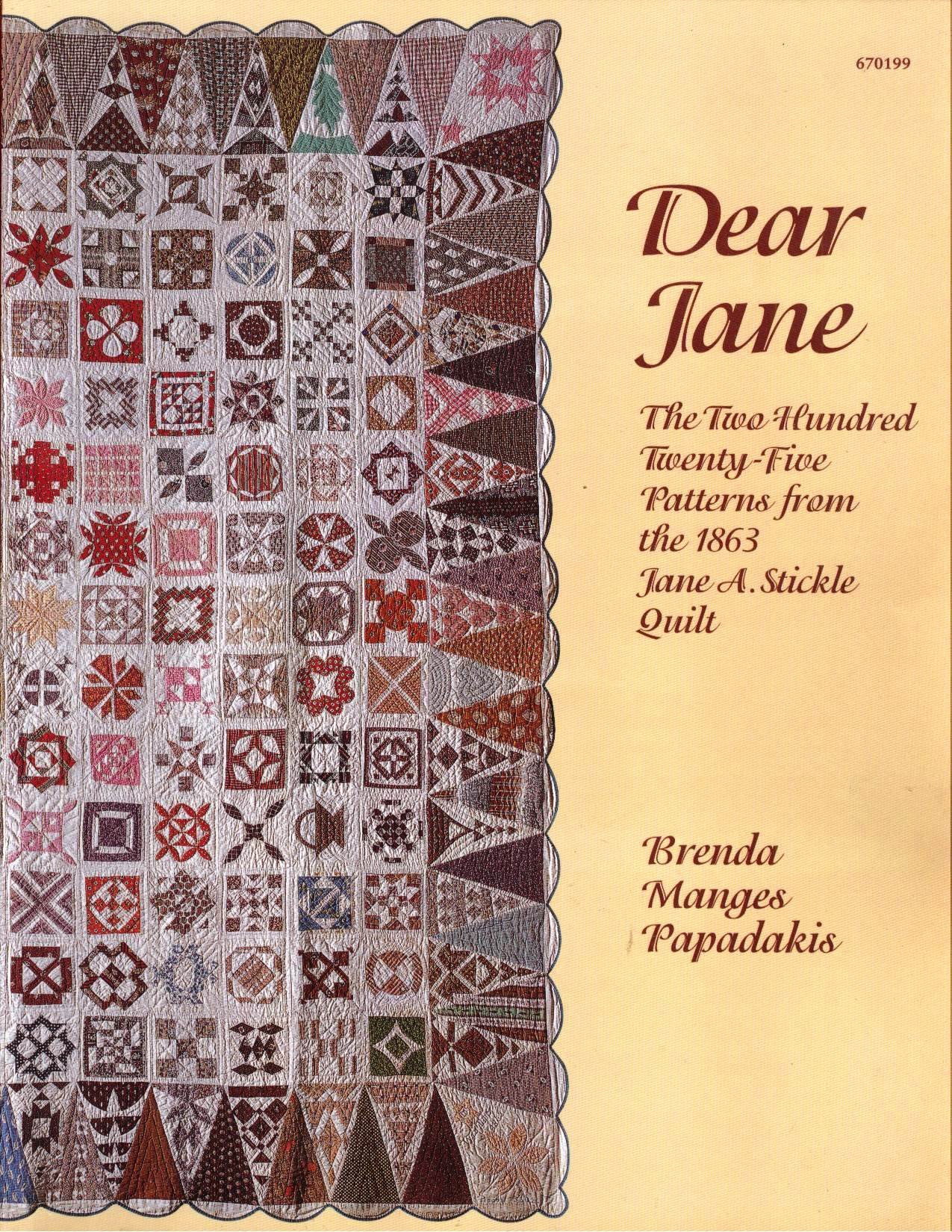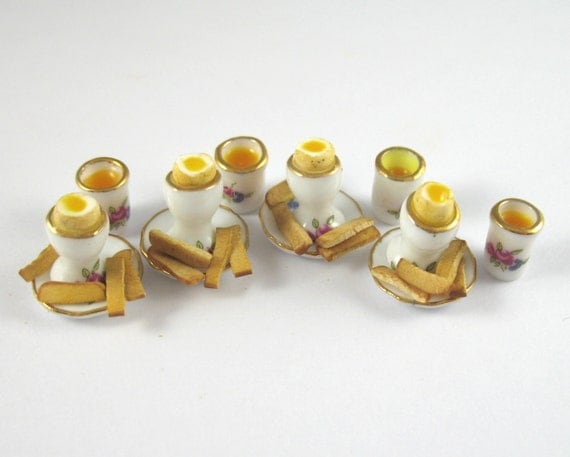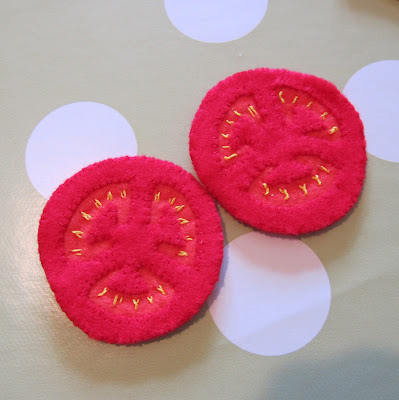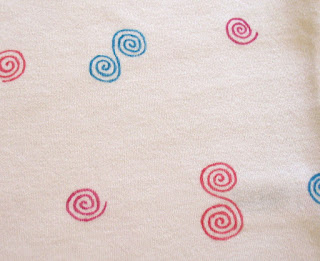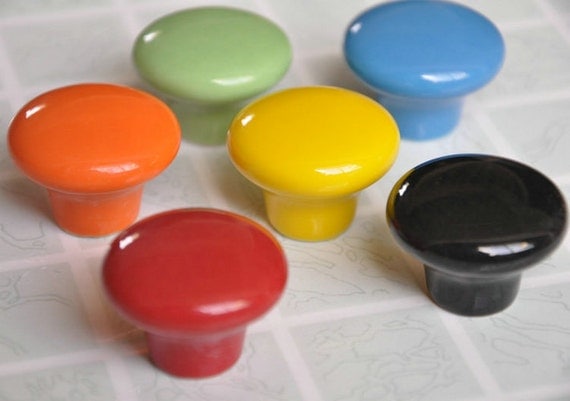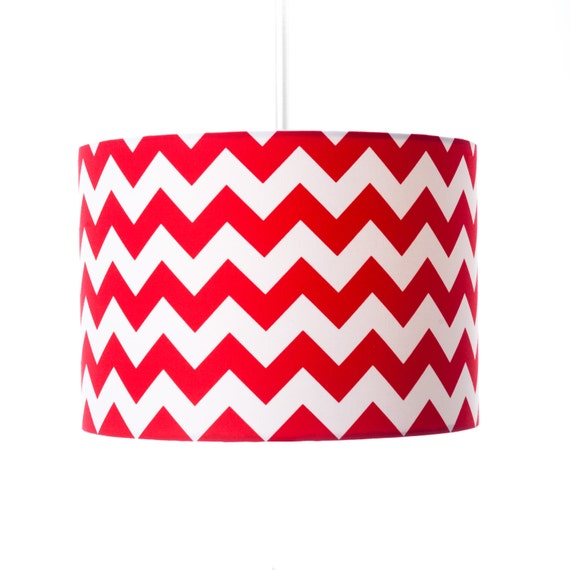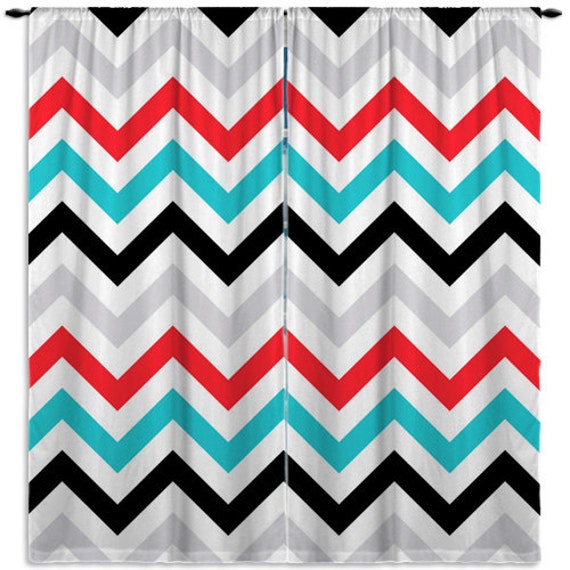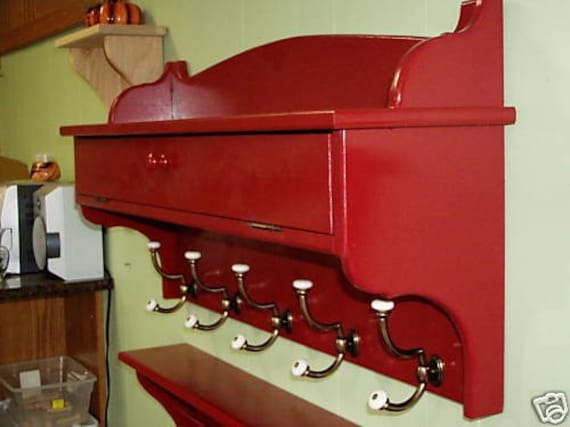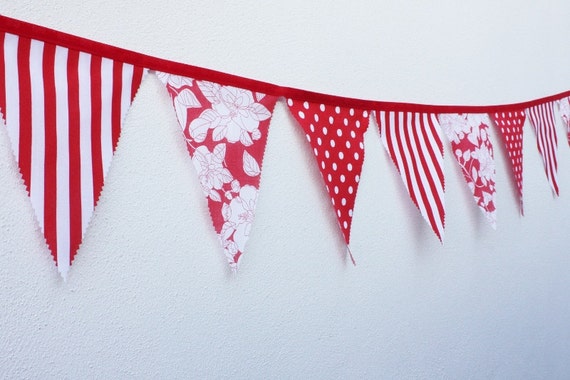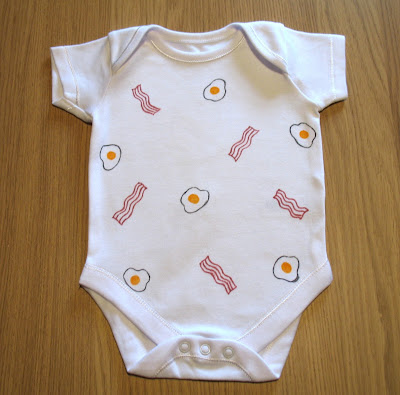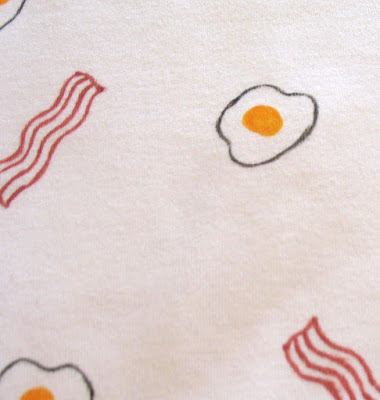Here's the design I went for.
It's called Robot Circuit Board (red) by Robyriker. I liked that it's subtle but with a nerdy pattern if you look closely enough. My husband is an electrical engineer, so the circuit design appealed to him too.
Since Spoonflower is an American site I was expecting postage to be horrendously expensive, but it turns out the ship from Germany too, so it's very reasonable for most of Europe too. The fabric itself costs $17.50/yard for basic cotton, which would have been reasonable had I bought it before the UK voted to leave the EU and the pound plummeted. As it was, my exchange rate was rubbish. Oh well, silly me!
This was my first time making curtains and I basically winged it. I also wanted black out fabric since it's going in the child's room and we all want as much sleep as we can get. My made-up, probably wrong method of curtain making, was to cut the black out fabric to the exact size I wanted, then to fold the curtain fabric over that (double folding it so the raw edge is hidden. That way I could be sure both curtains would be the correct size so long as I cut the black out fabric correctly. It more or less worked! Pinning the fabrics together was the worst part since my table wasn't big enough and I lack the floor space to do it without blocking all the doors. I was also looking after baby Andrew alone, so this took ALL DAY!
Here are the finished curtains. I'm pretty pleased with how they turned out for a first attempt.
I also made a simple orange curtain for the bottom half of the window as passers-by have a tendency to stare in!






